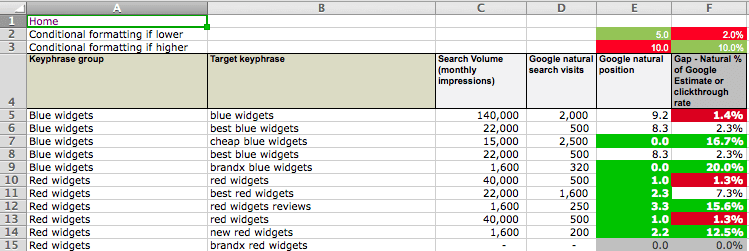KARMA NEVER SLEEPS
In his debut novel, the author introduces readers to his bass-playing FBI agent, Gus Wheeler, who’s in the prime of his career, working as a field agent in Boston and pursuing his musical interests in a touring band. His newest case involves two longtime friends, murdered in quick succession in (fictional) Kendalton, Massachusetts. Gus and his partner, Vanessa Lambert, head up there just in time to examine the second crime scene, where they discover a surprising signature from the killer—an old photo of a girl, Rebecca Munroe, who died by suicide as a teenager some years ago. When Gus and Vanessa ask the victims’ friend group about Rebecca, they’re met with clear deception, as the women claim they barely knew her. Gus, a small-town native himself, knows this can’t possibly be true in a place the size of Kendalton. The narrative shifts, then, to spend time with each of the women in the group, and readers come to learn about their unique history as childhood friends. They also find out that Rebecca was no stranger to these girls, and that her death is not as straightforward as it initially seemed. As Gus and Vanessa scramble to find the killer and uncover secrets, the murderer’s rampage goes on. Although conventions of the genre abound in Dingle’s novel—the requisite will-they, won’t-they between FBI agents, the one evil friend who pushes the others into complicity—the action is well paced enough to keep readers turning the pages. The prose is occasionally striking, such as when it addresses the very act of writing itself: “And it was with this feeling of apprehension, of loss, that she stared at the blank page that would, at some point, contain the words that, woven together, would become the eulogy.” Fans of classic mysteries and FBI thrillers in particular will be happy to race this one to the finish line.


In his debut novel, the author introduces readers to his bass-playing FBI agent, Gus Wheeler, who’s in the prime of his career, working as a field agent in Boston and pursuing his musical interests in a touring band. His newest case involves two longtime friends, murdered in quick succession in (fictional) Kendalton, Massachusetts. Gus and his partner, Vanessa Lambert, head up there just in time to examine the second crime scene, where they discover a surprising signature from the killer—an old photo of a girl, Rebecca Munroe, who died by suicide as a teenager some years ago. When Gus and Vanessa ask the victims’ friend group about Rebecca, they’re met with clear deception, as the women claim they barely knew her. Gus, a small-town native himself, knows this can’t possibly be true in a place the size of Kendalton. The narrative shifts, then, to spend time with each of the women in the group, and readers come to learn about their unique history as childhood friends. They also find out that Rebecca was no stranger to these girls, and that her death is not as straightforward as it initially seemed. As Gus and Vanessa scramble to find the killer and uncover secrets, the murderer’s rampage goes on. Although conventions of the genre abound in Dingle’s novel—the requisite will-they, won’t-they between FBI agents, the one evil friend who pushes the others into complicity—the action is well paced enough to keep readers turning the pages. The prose is occasionally striking, such as when it addresses the very act of writing itself: “And it was with this feeling of apprehension, of loss, that she stared at the blank page that would, at some point, contain the words that, woven together, would become the eulogy.” Fans of classic mysteries and FBI thrillers in particular will be happy to race this one to the finish line.













.jpg)






















![How to Find Low-Competition Keywords with Semrush [Super Easy]](https://static.semrush.com/blog/uploads/media/73/62/7362f16fb9e460b6d58ccc09b4a048b6/how-to-find-low-competition-keywords-sm.png)











![How Marketers Are Using AI for Writing [Survey]](https://www.growandconvert.com/wp-content/uploads/2025/03/ai-for-writing-1024x682.jpg)




































![Beyond ROAS: Aligning Google Ads With Your True Business Objectives [Webinar] via @sejournal, @hethr_campbell](https://www.searchenginejournal.com/wp-content/uploads/2025/04/featured-1-808.png)

























































